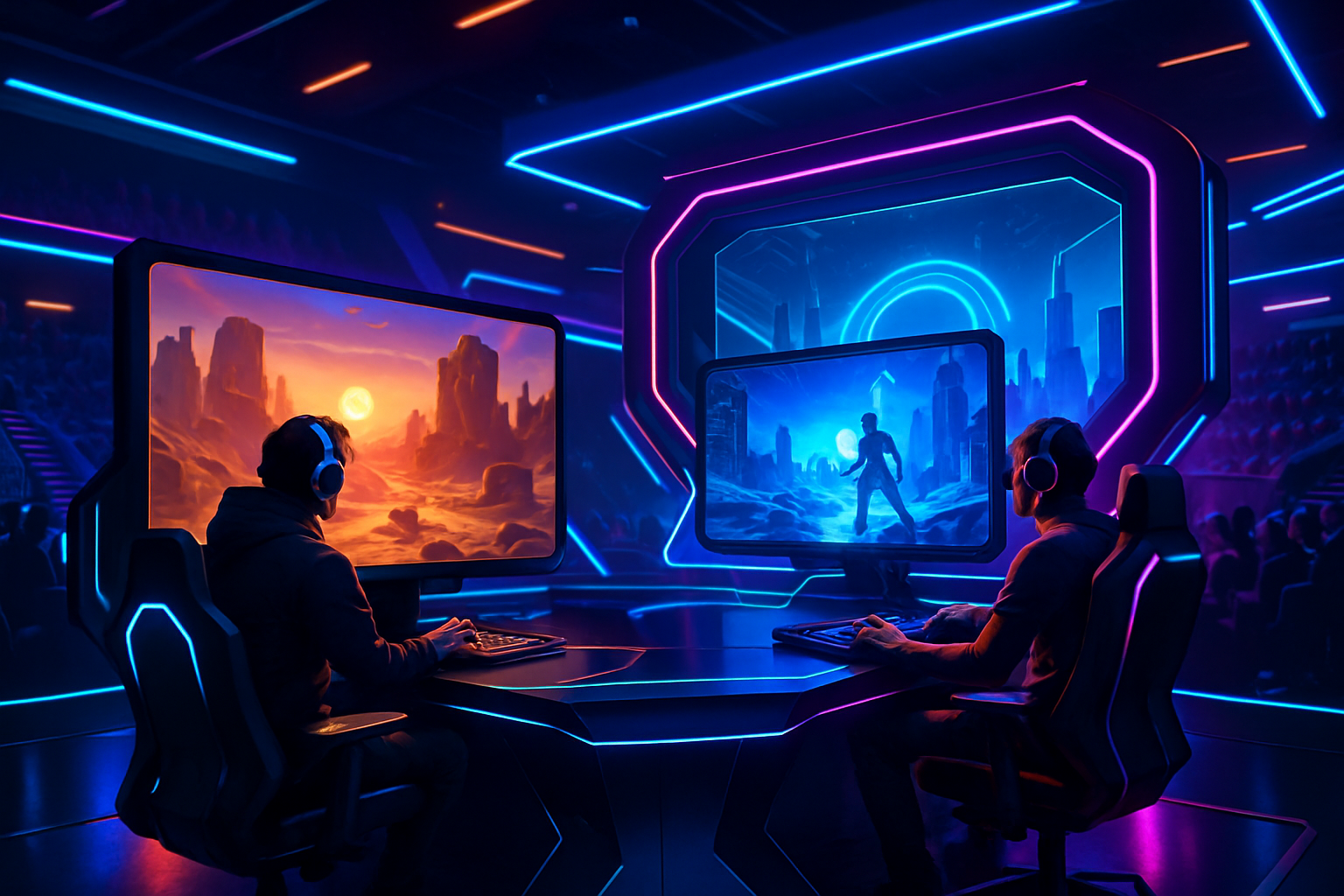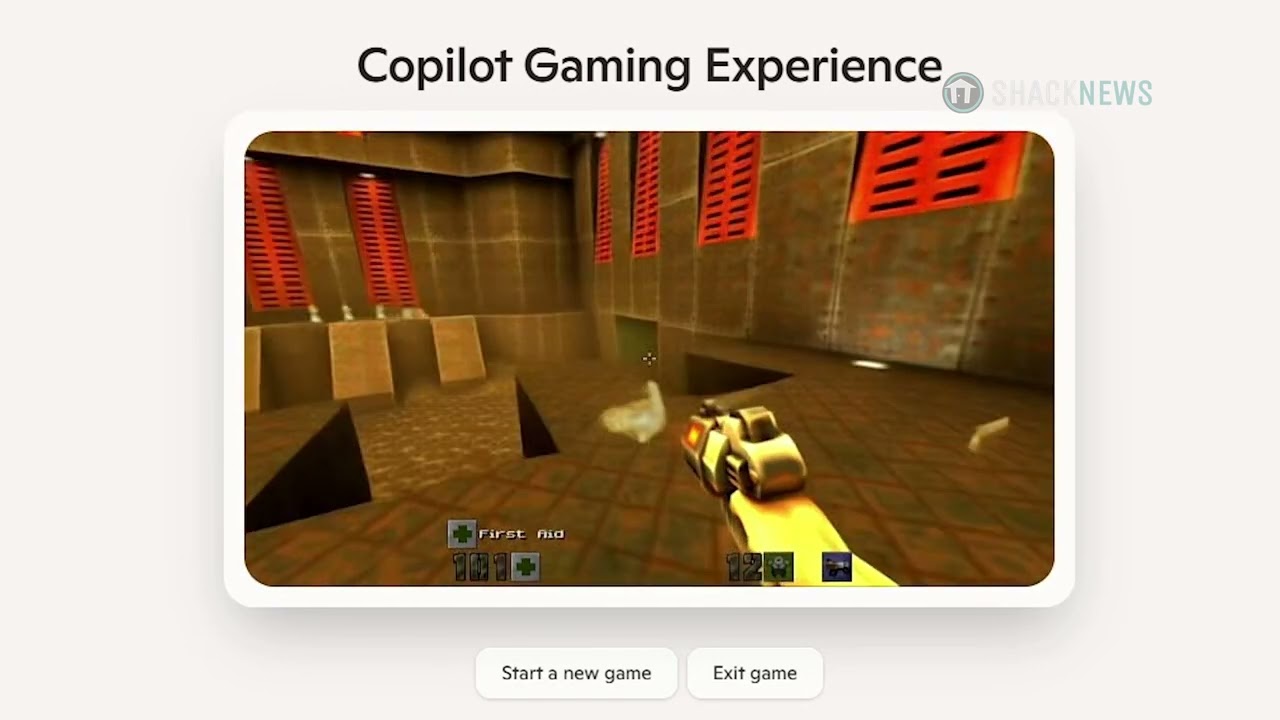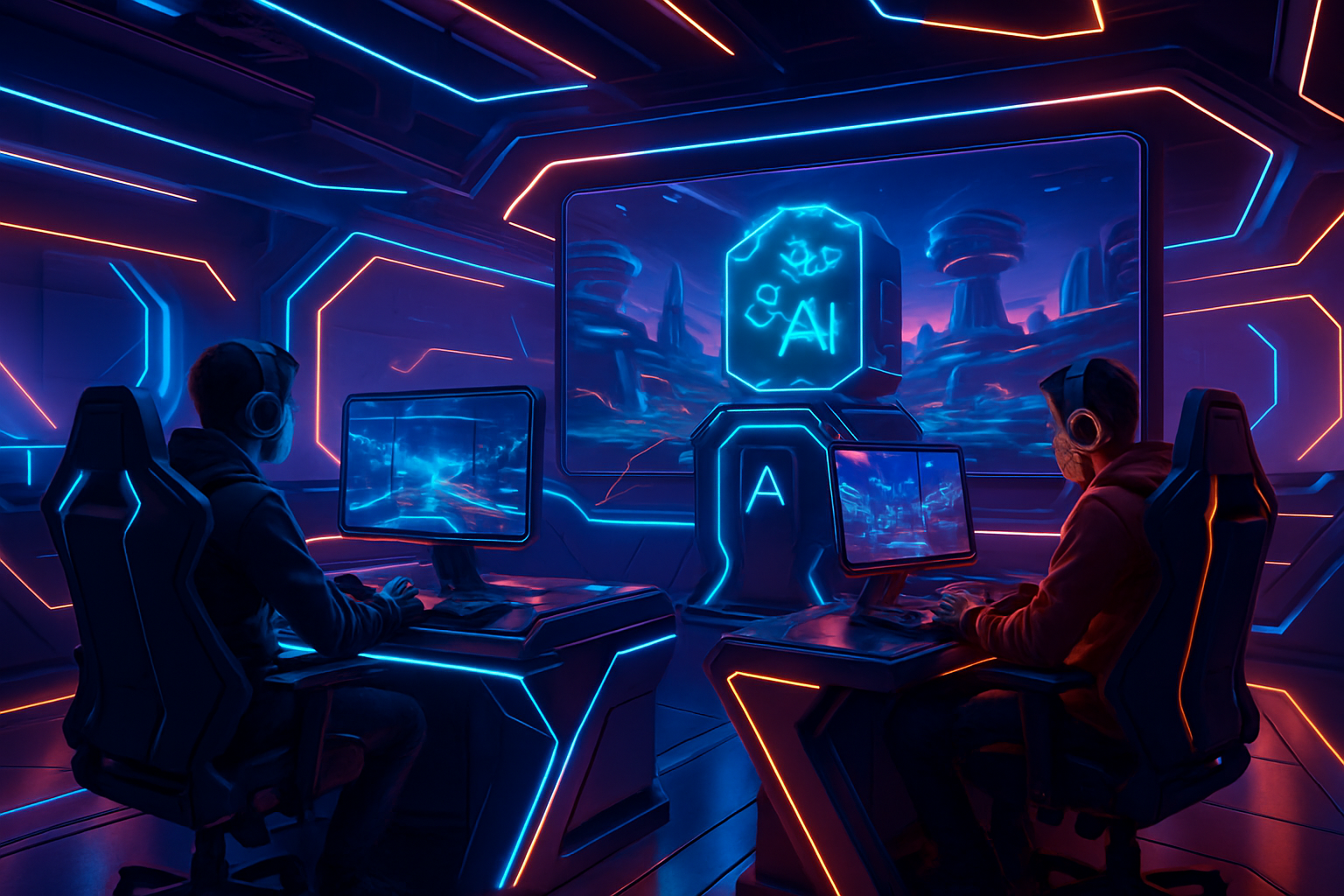
The gaming landscape is undergoing a seismic transformation, driven by the emergence of real-time generative game engines that harness advanced AI to create, modify, and personalize digital worlds on the fly. No longer are players confined to static, pre-designed environments. Instead, engines like Mirage and Microsoft’s World Model AI (WHAMM) are empowering users to shape every moment of gameplay in ways previously unimaginable.
Mirage: The Dawn of Instant World Creation
Mirage, developed by Dynamics Lab, stands at the forefront as the world’s first AI-native UGC (user-generated content) game engine powered by real-time World Models. It’s not just a technical leap; it’s a philosophical one. Mirage hands over the keys of world-building to players themselves. Want a flying car? Just type it in or speak it aloud, and Mirage materializes your vision instantly within the game world.
This instant co-creation doesn’t just offer novelty – it fundamentally redefines what it means to play. Games become living canvases where every session is unscripted and unique. Mirage supports a spectrum of genres, from GTA-style urban sandboxes to racing simulations, all rendered with photorealistic detail and capable of extended play sessions without any downloads thanks to cloud streaming.

The technology underpinning Mirage is equally revolutionary. By leveraging advanced AI World Models, Mirage can interpret user input in natural language or via controllers and synthesize new assets or modify existing ones in real time. This isn’t just about swapping textures – we’re talking about structural changes to gameplay mechanics and narrative arcs as you play.
World Model AI: Microsoft’s WHAMM Steps Into the Arena
While Mirage has captured headlines for its creative freedom, Microsoft’s World and Human Action MaskGIT Model (WHAMM) signals another major advance for world model engine gaming. As demonstrated through a reimagined Quake II experience, WHAMM generates image tokens in parallel rather than sequentially – slashing latency and computational overheads that have long plagued real-time generative systems.
The result? Players can now enjoy classic titles like Quake II re-rendered live by AI, with visuals and environments adapting dynamically based on gameplay actions. While current demos operate on limited levels with basic mechanics like movement and combat, WHAMM showcases how generative models can deliver both performance gains and new interactive possibilities.
The New Frontier: Dynamic Game Worlds for All
The implications for developers and gamers alike are profound. Real-time generative engines democratize content creation by lowering technical barriers; anyone can build or reshape worlds with simple commands rather than complex code or asset pipelines. This shift blurs the line between player and creator – fostering unprecedented engagement where every session becomes an act of collaboration between human imagination and machine intelligence.
Key Features of Real-Time Generative Game Engines
-

Instant World Creation via Natural Language: Engines like Mirage let players build and modify entire game worlds on the fly by simply typing commands like “add a flying car,” making game design accessible to everyone.
-

Live User-Generated Content (UGC) Gameplay: Platforms such as Magica and Mirage enable real-time, AI-powered UGC, allowing players to collaboratively shape the game environment as they play, resulting in dynamic and unpredictable experiences.
-

Real-Time World Model Transformation: Mirage can instantly transform any video, camera feed, or game footage into a new digital world, enabling seamless style changes and interactive reimagining of existing content.
-

Parallel AI Rendering for Low Latency: Microsoft’s WHAMM (World and Human Action MaskGIT Model) generates game visuals in parallel, drastically reducing lag and computational load, as demonstrated with real-time AI-rendered Quake II.
-

Cloud-Based, Cross-Platform Play: Engines like Mirage leverage cloud streaming, letting users instantly access and play AI-generated worlds across devices—no downloads or installs required.
-

Photorealistic, Extended Gameplay: Real-time generative engines support photorealistic visuals and can sustain long, uninterrupted gameplay sequences—going beyond the short demos typical of earlier AI experiments.
This democratization is already producing ripple effects across genres:
- User-led storytelling: Narrative branches adapt instantly based on player choices or even mood.
- Evolving environments: Worlds change dynamically as communities interact within them.
- Persistent personalization: Each player’s experience becomes genuinely unique – no two playthroughs are ever identical.
If you want a deeper dive into how these technologies are being applied right now, check out this detailed breakdown of Microsoft’s browser-based Quake II demo powered by WHAMM at Tom’s Hardware.
Looking beyond the tech demo stage, the pace of iteration in AI dynamic game worlds suggests that we are only scratching the surface. As AI models grow more sophisticated and data-rich, expect generative engines to move from supporting roles to becoming the backbone of entirely new genres. The prospect of live, AI-driven world transformation, seen in Mirage’s ability to re-render a video feed or in WHAMM’s parallelized image token generation, hints at games that can respond not just to player actions, but to real-world events, moods, and even collaborative community input.
This is already being mirrored by emerging competitors like Magica, which leverages similar world model techniques for live UGC gameplay. The landscape is rapidly diversifying as studios and indie creators alike experiment with these tools. For developers, it means focusing less on asset production and more on curating frameworks for emergent play. For gamers, it means a shift from consuming static content to actively shaping living digital spaces with every decision.
Challenges and Opportunities: Navigating the Generative Era
Of course, this revolution brings its own set of challenges. Ensuring stability as worlds morph in real time requires robust backend systems and clever design guardrails. There are also questions about moderation, how do you maintain safe and inclusive spaces when anyone can spawn anything instantly? On the flip side, these hurdles are sparking innovation in AI safety, procedural curation, and new forms of collaborative moderation.
What’s clear is that the real-time generative game engine movement is not a fleeting trend but a foundational shift for interactive entertainment. The boundary between developer intent and player agency is dissolving; tomorrow’s games will be shaped as much by communities as by code.
The next few years will likely see hybrid experiences where traditional level design coexists with on-the-fly procedural generation, think hand-crafted story arcs overlaid with AI-personalized environments or NPCs that genuinely learn from your play style. As platforms like Mirage continue to lower entry barriers through natural language interfaces and cloud streaming, expect an explosion of grassroots creativity across every corner of gaming culture.
If you’re curious about how this technology feels in action, you can watch Mirage’s world transformation capabilities or try browser-based demos like Microsoft’s WHAMM-powered Quake II (see Tom’s Hardware coverage) for a glimpse at what’s coming down the pipeline.
Balance is the cornerstone of resilience: As these engines evolve, finding harmony between creative chaos and structural coherence will be key, not just for developers but for entire gaming communities.



